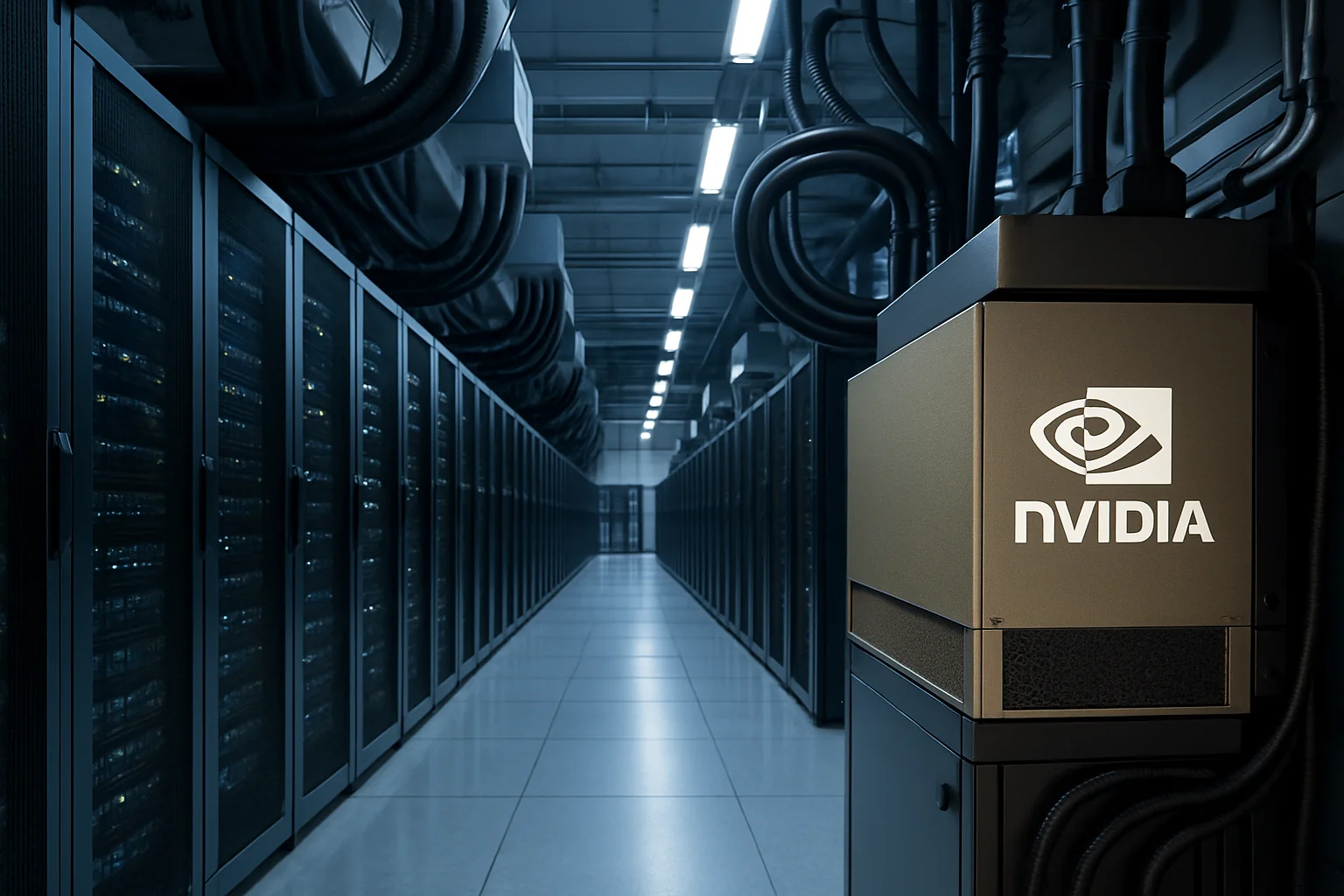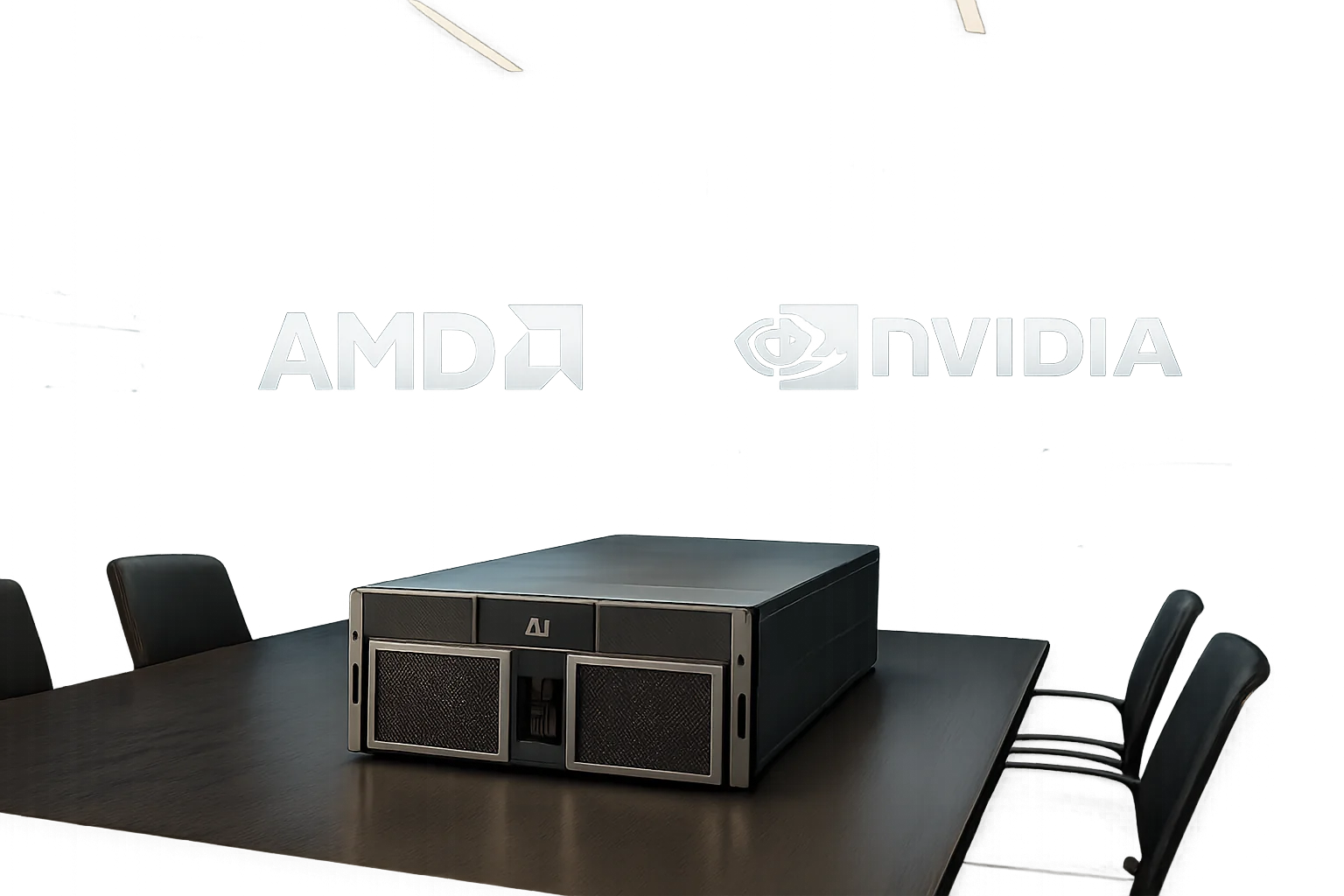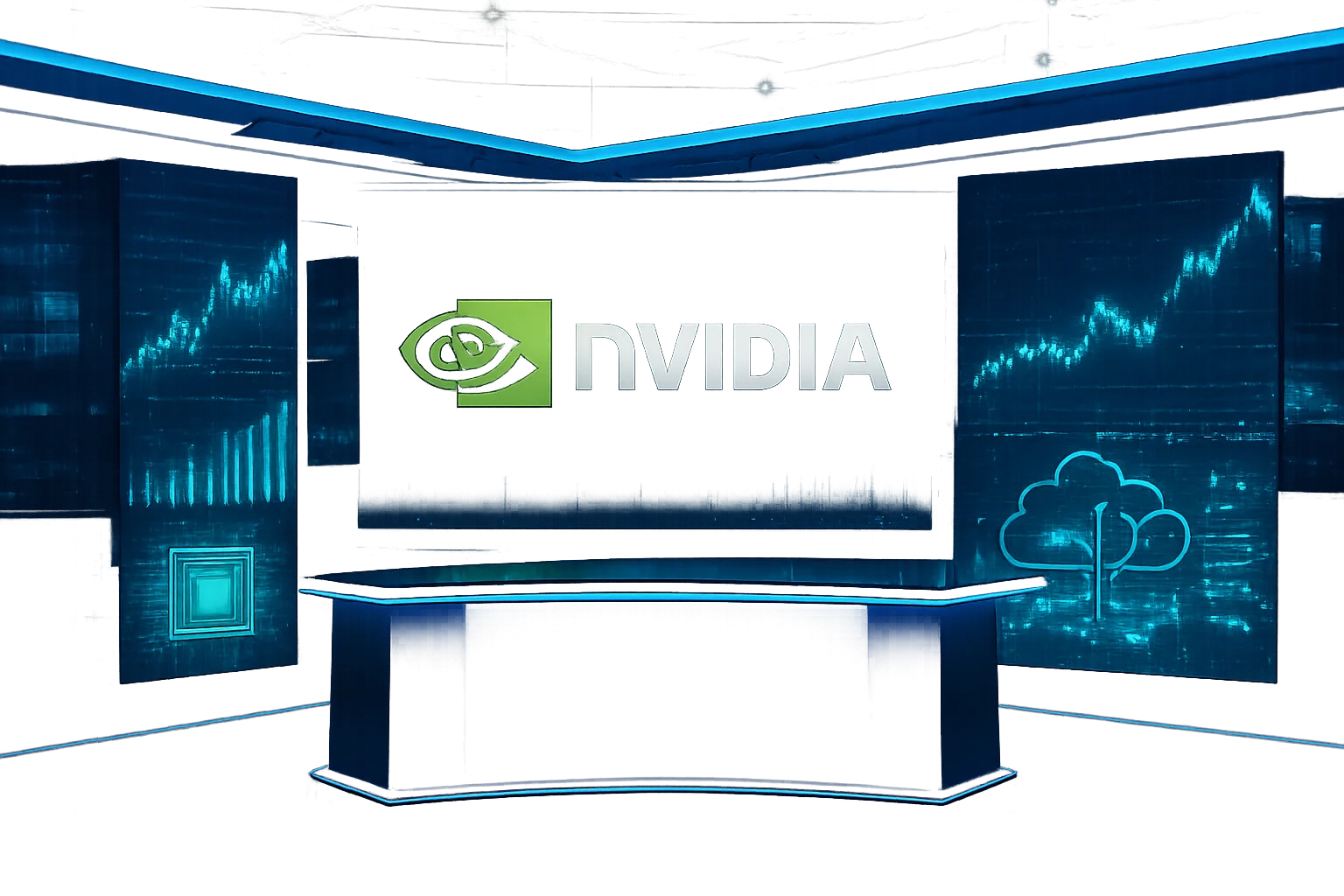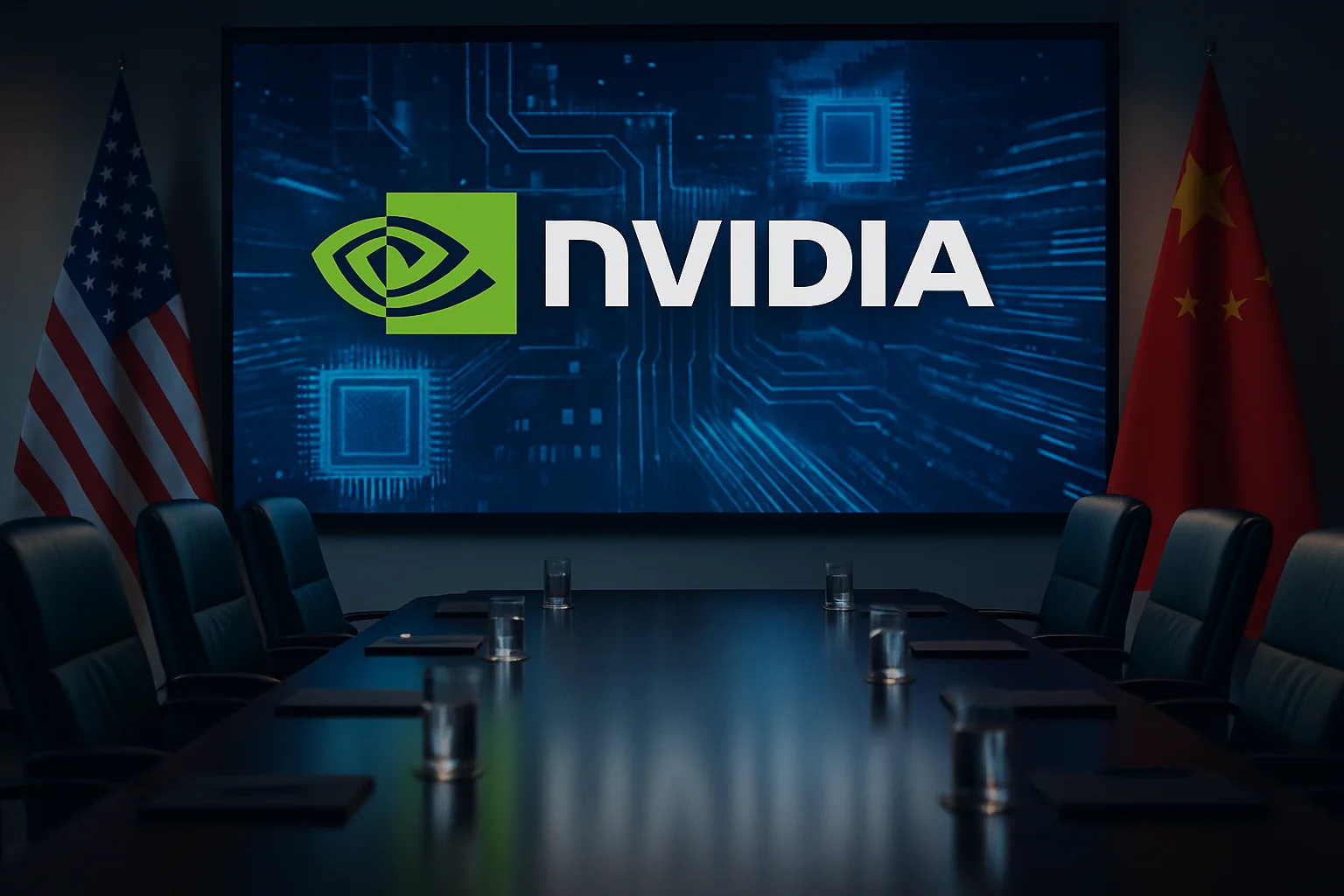Nvidia is preparing to transform data center infrastructure with the introduction of its 800V High Voltage Direct Current (HVDC) architecture, designed to deliver up to 1 megawatt (MW) of power to a single server rack. This marks a fivefold increase over current systems and aims to meet the soaring demands of next-generation AI hardware.
Why Data Centers Need More Power
As AI chips grow more powerful, their energy requirements are quickly outpacing the capabilities of existing 54V DC power distribution systems, which are already nearing their 200-kilowatt limit. Nvidia highlights that its latest AI server racks, such as the GB200 NVL72 and GB300 NVL72, would require eight power shelves under the current system—consuming more rack space than is typically available.
Delivering 1 MW using 54V DC would also demand a massive 200 kg copper busbar per rack. Scaling this up to a gigawatt-scale data center would require approximately 500,000 tons of copper—nearly half of the United States' total copper output in 2024—just for a single site.
The 800V HVDC Solution
To address these challenges, Nvidia proposes the 800V HVDC system, which connects closer to the site's 13.8kV AC power source. This approach not only frees up valuable rack space but also streamlines power transmission, reducing the need for multiple AC-to-DC and DC-to-DC conversions. By lowering system current, the HVDC architecture can increase total wattage delivered by up to 85% without requiring larger conductors.
"With lower current, thinner conductors can handle the same load, reducing copper requirements by 45%," Nvidia explained. The company also notes that DC systems eliminate AC-specific inefficiencies, such as skin effect and reactive power losses, further boosting efficiency.
Industry Collaboration and Technical Challenges
Nvidia is collaborating with industry leaders including Infineon, Texas Instruments, and Navitas to develop the new power system. The deployment will leverage wide-bandgap semiconductors like gallium nitride (GaN) and silicon carbide (SiC) to achieve the high power densities required for advanced AI workloads.
While the 800V HVDC system promises significant efficiency gains, it also introduces new safety and engineering challenges. High-voltage DC systems require robust safety protocols, as DC arcs are more persistent and harder to extinguish than AC arcs. Industry veterans note that lessons from telecom and earlier data center designs must be revisited to ensure safe operation, including the elimination of standard electrical receptacles in favor of hardwired connections and industrial-grade disconnects.
Looking Ahead
As data centers approach and exceed 1 GW capacity, Nvidia's 800V HVDC architecture could become a cornerstone for powering the next generation of AI infrastructure. By reducing wasted power and copper usage, this innovation has the potential to lower operating costs and environmental impact, while supporting the relentless growth of AI computing.




